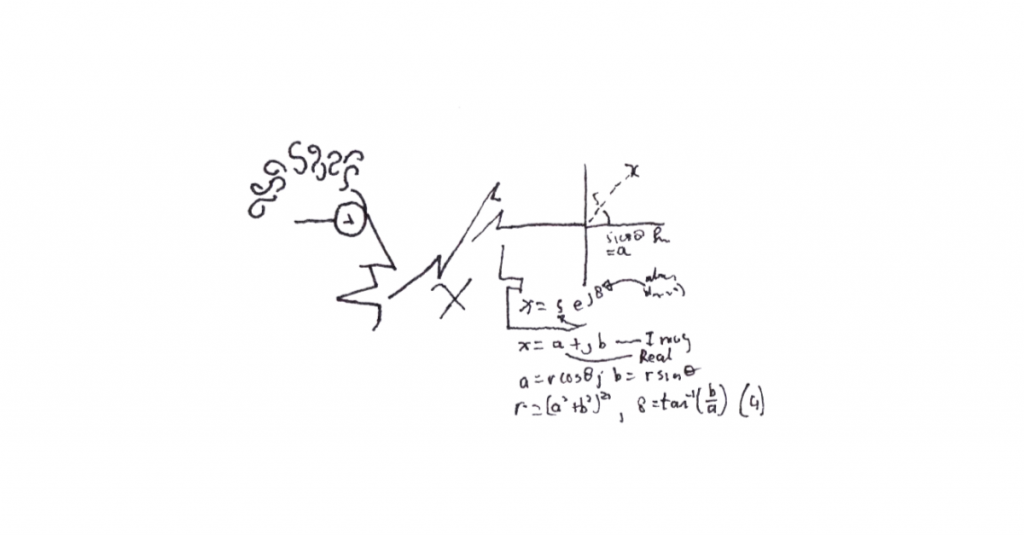During my study time at the Royal Academy of Arts around 2006, I heard some rumours about a remarkable job ad. Somewhere in the U. S. stood a billboard with a code and when you would solve that code you got a job at Google.
I became fascinated by this amazing simple and elegant idea.
A single line of code that enables certain persons who feel attracted to this type puzzles to make contact with the people who invented the puzzle. And if those people are named Sergey, Larry, or Leonhard, it seemed fantastic meeting them.
However, I did not know where I could find this puzzle, I’ve only heard about it, and I was studying in The Hague so that’s where it ended.
Until a few years ago, my heart skipped and my breath caught, because there it was again:
{first ten digit prime number found in consecutive digits of e} .com
Without sender, without any pay-off, without a logo. Simplicity and elegance captured in graceful mystery. And what caused my heart beating like mad, that I understood one part of the puzzle. Now that may sound a bit dull.
But if you’re like me, it relaxes you to study number theory during the holidays. And riddles related to number theory are not to be found on street corners or in the daily newspaper puzzle sections. So when you come across one of them it feels like you’re just won a small lottery. Awesome.
Solving the secret code
Fuelled by a flurry of recognition I started solving the riddle. I
knew prime numbers are all natural numbers greater than 1 and divisible
only by 1 and itself. So I was one step closer to solving this mystery.
Now my mind focussed on the italic e,
numbers and images crossed my mind, was it the E of the mass-energy
equivalence, no, that was a capital. Than it hit me, I could not
suppress my lips to form a small smile.
The e stood for
the constant of Naper, also called the Euler number. I don’t have the
genius to directly chant the Euler sequence out of my head,
so encouraged by unstoppable impatience I grabbed my mobile. There it
was, at Wikipedia, the approach to is: e = 2.718281828459 …
And then it all stopped for me.

Why I couldn’t crack the code.
My knowledge and time were inadequate to take the next step. Finding
the Euler number was not such a problem, there are a vast amount of
prime numbers that consist of 10 numbers, i.e. more than 400 million.
It
would take a lot of time to find the prime number that equals the Euler
number. Even if I wrote a little program that could try out every 10
digit prime number once per second, then I still needed 5.113 days of
calculation (without sleep) to find the solution.
The only thing
that you should do is do what genuine genius Stephen Wolfram did; this
culture barbarian, mathematician and physicist programmed the following
line:
Select [FromDigits/@Partition{First[RealDigits[E,10,1000]],10,1],PrimaQ1]
Which immediately resulted in the ten digit prime number 742 746 639. It starts 98 digits to the right of the decimal point of the Euler number.
e = 2,718281828459045235360287471352662497757247093969995957496696762772407663035354759457138217852516642 7427466391…
Wolfram typed ‘7427466391.com‘ and he was directed to a Web page that read:
Congratulations. You’ve reached level two.
What a puzzle genius ….
The pleasure of finding things out
And so is my future working mathematician at Google went up in smoke. That was to be expected. And in the end I entertained myself with unraveling the mysteries surrounding the google code in the wonderful world of Prime Numbers, Leonhard Euler, number theory, to Stephen Wolfram, Sergey Brin, Larry Page; It’s all in the pleasure of finding things out.